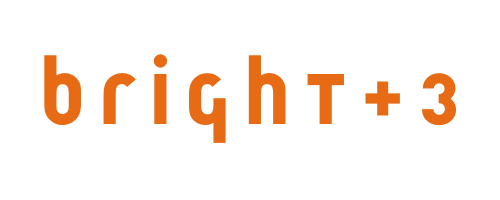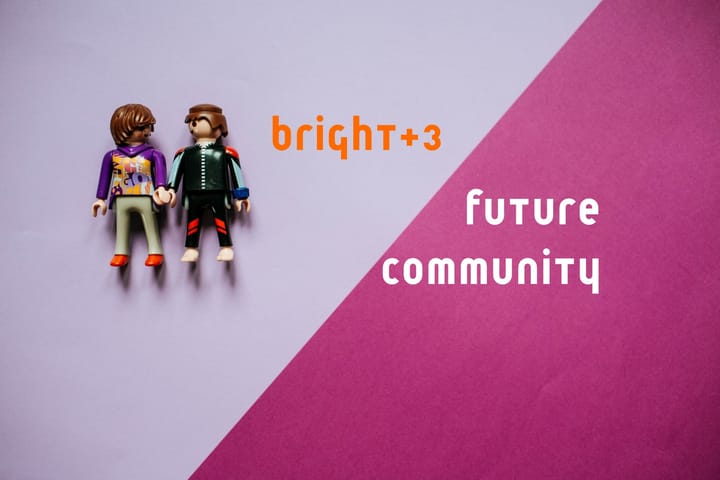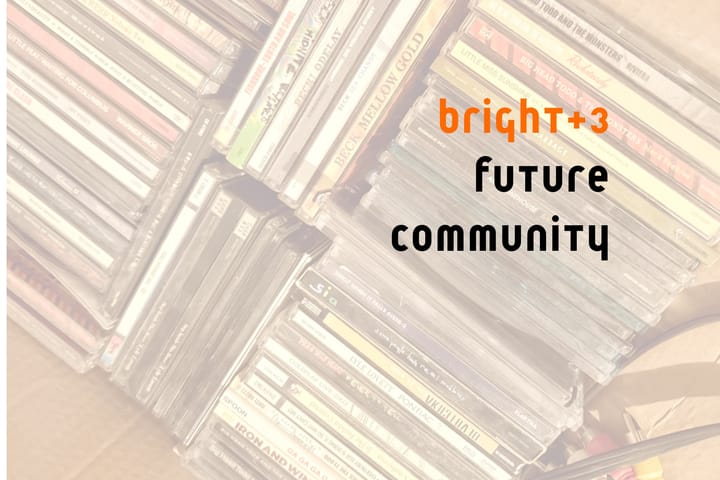Things that aren't flat: community, voters, the Earth
Who are you calling flat? Our obsession with data, political horse races and the language that normalizes division instead of shared community.
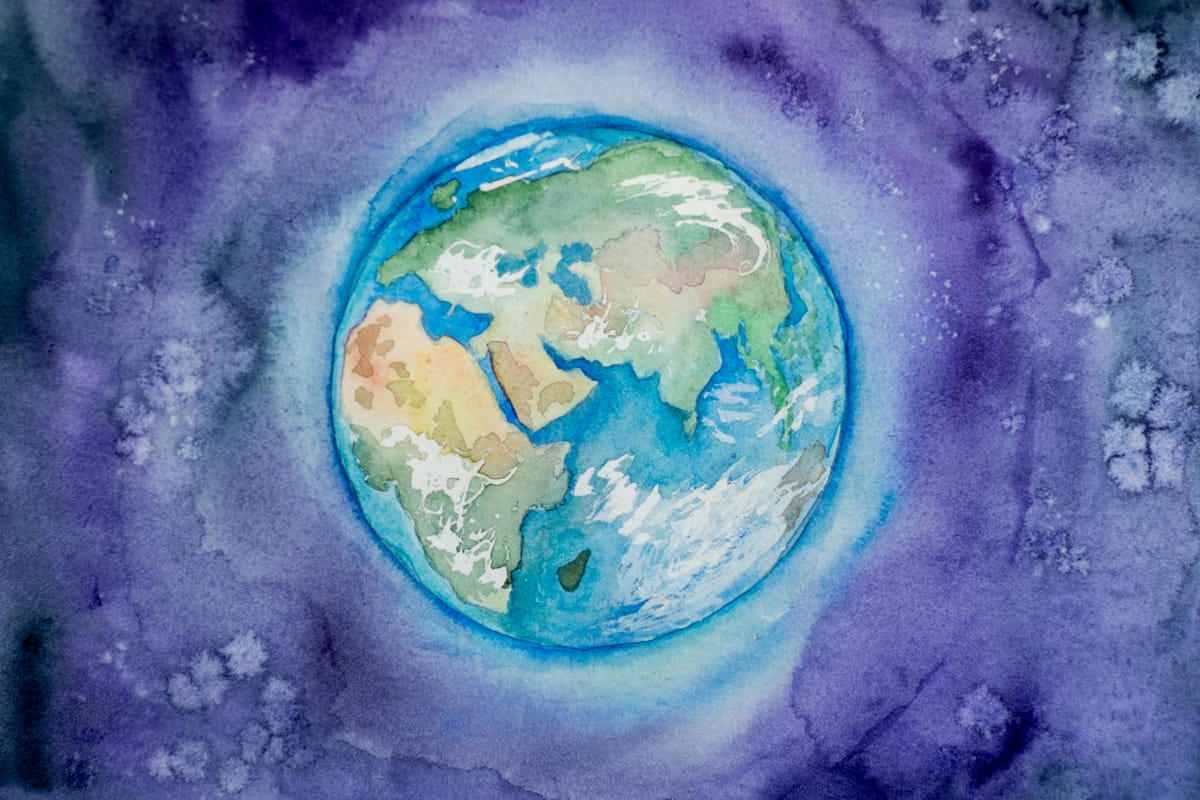
Since the election (even more so since January 20th) there has been a growing cacophony of analyses and takes on what the left, progressives, and Democrats should do about the sense that they, their ideas, and their messages have been shut out of public communications.
This week Ezra Klein spoke to this moment’s data and polling guru David Shor about what Shor and his firm are seeing in the numbers. In part, Shor’s conclusions boil down to segments of voters (and society more generally though only votes count in an election) perceiving themselves as abandoned or at least distanced from the Democratic party.
This isn’t a new take though the specificity of Shor’s data is useful.
But I can’t help but thinking that our penchant for polling, and this conversation in particular, flattens people, their communities, their values and certainly their media consumption into polarizing distinctions that don’t exist in real life. We’ve created “ways of sorting” people that become ways of talking about people in the press, podcasts, blogs, political speeches and endless reams of punditry.
Take this short exchange about halfway through the conversation. It attempts to solve for the question everyone seems to have: WTF is up with young men?
Klein: It seems plausible to me that social media and online culture are splitting the media that young men and women get. If you’re a 23-year-old man interested in the Ultimate Fighting Championship and online, you’re being driven into a very intensely male online world.
Whereas, if you’re a 23-year-old female and your interests align with what the YouTube algorithm codes, you are not entering that world. You’re actually entering the opposite world. You’re seeing Brené Brown and all these other things.
The capacity to be in highly gendered media worlds is really different in 2024 than it was in 2004, and that’s true worldwide.
If the data shows men and women vote differently then all solutions, messaging, strategies have to do with gender.
Shor: I agree with that entirely. Online communities are much more gender-segregated than offline ones. In that respect, it should be unsurprising that suddenly shifting a bunch of young people’s social worlds to be entirely online all at once would cause the political situation to change.
The question and response are both casually yet intensely gendered and stereotyped.
If our national news source of record’s best cultural and political analysis in this moment is “guys like UFC and girls like Brené Brown” then don’t be surprised when high paid consultants (or Senator Schumer) tell their Democratic clients to show up at fight night if they want to win the hearts and minds young white male voters. This is not strategy.
There’s a wealth of useful data in Shor’s work. Who am I to critique the work of a highly skilled data analyst supporter by a team of data and machine learning professionals?
My concern is with the discourse surrounding it and the lessons, the priorities, it injects into progressive and democratic leaders and funders, pundits and a public who are being trained to see segmenting, sorting and polarization of people as facts.
Who are you calling flat?
Culture is not so flat. People and communities are not so flat. Young men, women, rural voters and Midwestern farmers are not so flat.
Perhaps the flattening, the sorting, the language and strategies based on assumed polarization are only pouring gas on that false framing of left-right, men-women, urban-rural, and so on. Perhaps the willingness to just talk (or even blather in the Trump case) to everyone is reaching people with a hint of authenticity and recognition that's been missing.
It’s vital to democracy and our work to create a better world that nonprofits and news organizations recognize the complexity and richness of existing in this cultural, economic and political environment.
The average or “regular” person recognizes that it’s not just “elite DC liberals” who are losing their jobs as a result of massive government cuts. These are real people, neighbors, and friends with kids, mortgages and medical bills. These are people who work for not much more than minimum wage in small towns losing income as farmers or automakers (and everyone one who supplies them) experience chaos.
Left media. Right media. How about just doing more with the media we have?
Last week also saw the release a Media Matters study on left/right media spaces. There’s a good chance you’ve seen this graphic.
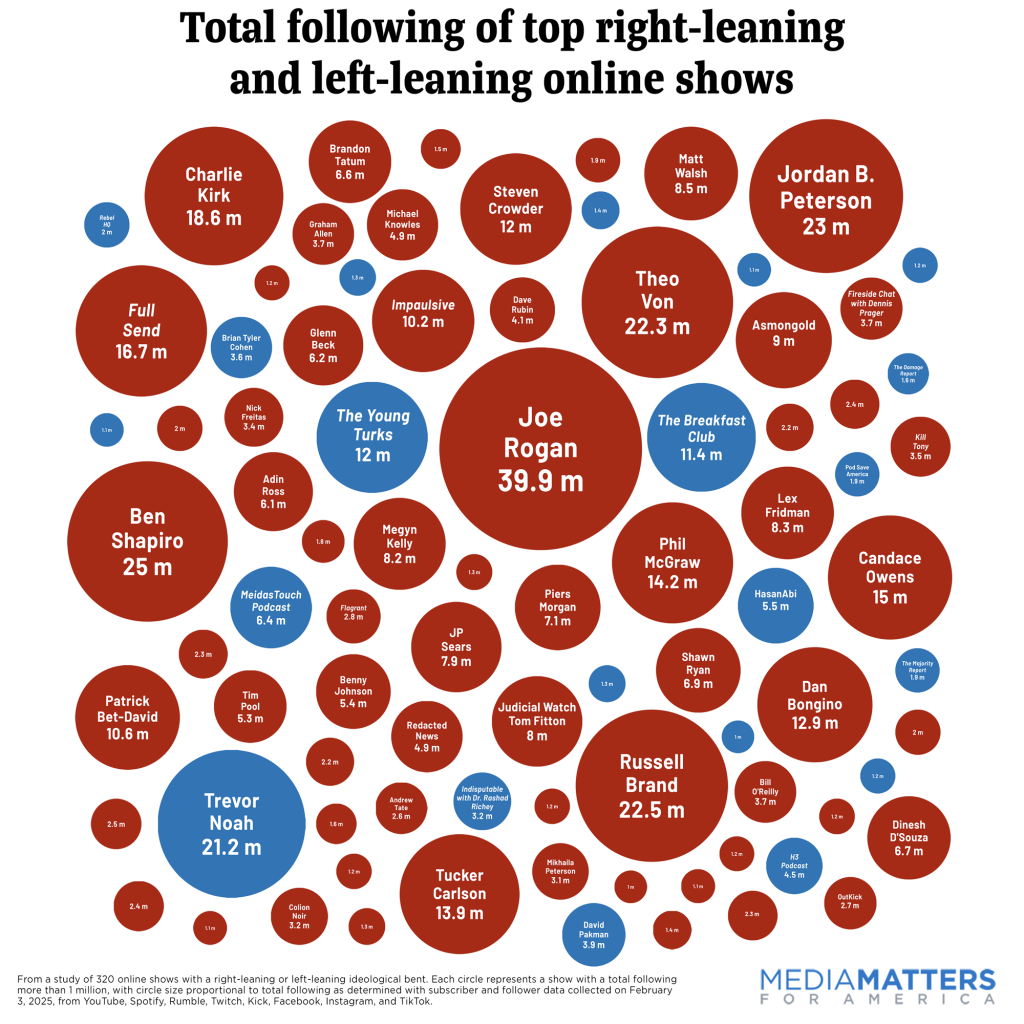
This slots into the ongoing conversation/debate about "the left" needing to invest in building a media infrastructure. Spoiler alert: this is a decades old conversation. I suspect we'll be having this conversation in 20 years.
Fortunately, some people are getting to work. Unfortunately, there is too little support for generalized media and conversations about culture and issues in progressive/left/democratic (or democracy) organizations and the donors/funder who support them.
Projects like Convergence Magazine and Waging Nonviolence are forums for the intersection of culture, politics, organizing and their meaning on every person. Graphic Policy Radio covers the intersection of comics and politics. The digital news space (both local and national) has some of the most interesting work:
- Floodlight and Heatmap cover climate news.
- Grist (an old-timer in relative terms) covers a broad range of environmental news.
- Bolts covers courts, criminal justice and elections.
Climate, energy, and courts can be some of the wonkiest of topics. But these folks cover local (and national) stories in depth and with deep journalistic experience. There are many more, like Chalkbeat and The 19th.
I'm not sure any of these want to be defined as left or right, even the couple who a bit forward with their progressive flair.
And none will show up on the Media Matters chart anytime soon.
But all offer opportunities for stories, interviews, conversations, and even partnerships that can advance community, environmental, cultural change.
Funders need to invest. And for the long haul. But organizations and communications departments also need to see beyond the Times, the Post and the "leftist Joe Rogan."
Though to be fair, the "media" as defined by the chart above is very centered on individual voices and personalities. More proof that people connect with people, not organizations. And this is a topic worth more attention.
Where do we go from here?
Top image by Elena Mozhvilo on Unsplash.
